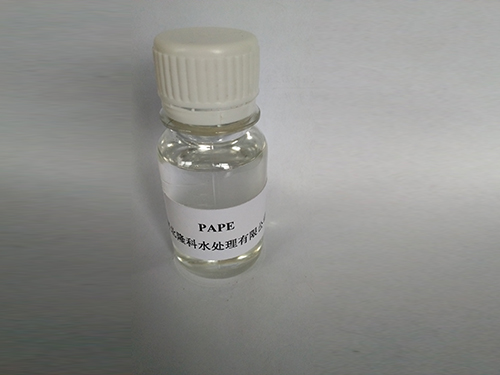Understanding the Distinctions Between Coagulants and Flocculants in Water Treatment
Understanding the Difference Between Flocculants and Coagulants
In the fields of water treatment and environmental engineering, the terms flocculant and coagulant are often used interchangeably, leading to confusion. While both substances play crucial roles in the process of removing suspended particles from water, their functions, mechanisms, and applications vary significantly. This article aims to clarify the differences between flocculants and coagulants, helping you understand their unique properties and how they contribute to effective water treatment.
Coagulants The Initial Step in Water Treatment
Coagulants are chemical substances that facilitate the aggregation of fine suspended particles in water, making them larger and easier to remove. The primary function of coagulants is to neutralize the negative charges that repel these fine particles, such as silt, clay, and bacteria. When added to water, coagulants destabilize these particles, allowing them to collide and clump together, forming larger aggregates known as flocs.
Common coagulants include aluminum sulfate (alum), ferric chloride, and polyaluminum chloride. These compounds work most effectively within a specific pH range and often require precise dosing to achieve optimal results. The coagulant process typically involves the rapid mixing of the chemical into the water, followed by a period of slow mixing to allow particle aggregation to occur. Once the flocs are formed, they are ready for the next stage of the treatment process.
Flocculants Enhancing the Settling Process
Flocculants, on the other hand, are often used after the coagulation process. They are typically high-molecular-weight organic compounds that function to agglomerate the flocs formed during coagulation into even larger particles. By promoting the binding of smaller flocs together, flocculants enhance the efficiency of solid-liquid separation processes.
Flocculation involves a gentle mixing process that allows larger aggregates to settle more quickly under gravity. This is crucial in processes like sedimentation or filtration, where efficient removal of solids is necessary. Flocculants are particularly effective in wastewater treatment applications and can be categorized into cationic, anionic, and non-ionic types, depending on their charge characteristics and the nature of the treatment process.
difference between flocculant and coagulant

Key Differences Between Coagulants and Flocculants
1. Functionality The primary difference lies in their roles. Coagulants destabilize and aggregate fine particles, while flocculants further enhance the aggregation and settling of these particles.
2. Chemical Nature Coagulants are typically inorganic salts or metals, whereas flocculants are usually organic polymers with high molecular weights.
3. Application Timing Coagulants are added first in the treatment sequence to initiate the aggregation process. Flocculants follow subsequently to promote the settling of the formed flocs.
4. Mixing Requirements The mixing required for coagulants is often rapid and vigorous to ensure immediate dispersion throughout the water. In contrast, flocculants require slower mixing to allow for gentle growth of the floc aggregates.
5. Impact on Water Quality Both agents can affect the pH of the water, but coagulants may introduce more significant changes compared to flocculants, which mainly facilitate mechanical processes.
Conclusion
In summary, while both flocculants and coagulants are essential in water treatment processes, each serves distinct functions in controlling water clarity and quality. Understanding these differences is crucial for selecting the appropriate chemicals and methods in various applications ranging from municipal water supply to industrial wastewater treatment. By leveraging the unique properties of coagulants and flocculants, environmental engineers can maximize the efficiency of their treatment systems and contribute to more sustainable water management practices.
-
Water Treatment with Flocculant Water TreatmentNewsJun.12,2025
-
Polymaleic AnhydrideNewsJun.12,2025
-
Polyaspartic AcidNewsJun.12,2025
-
Enhance Industrial Processes with IsothiazolinonesNewsJun.12,2025
-
Enhance Industrial Processes with PBTCA SolutionsNewsJun.12,2025
-
Dodecyldimethylbenzylammonium Chloride SolutionsNewsJun.12,2025





